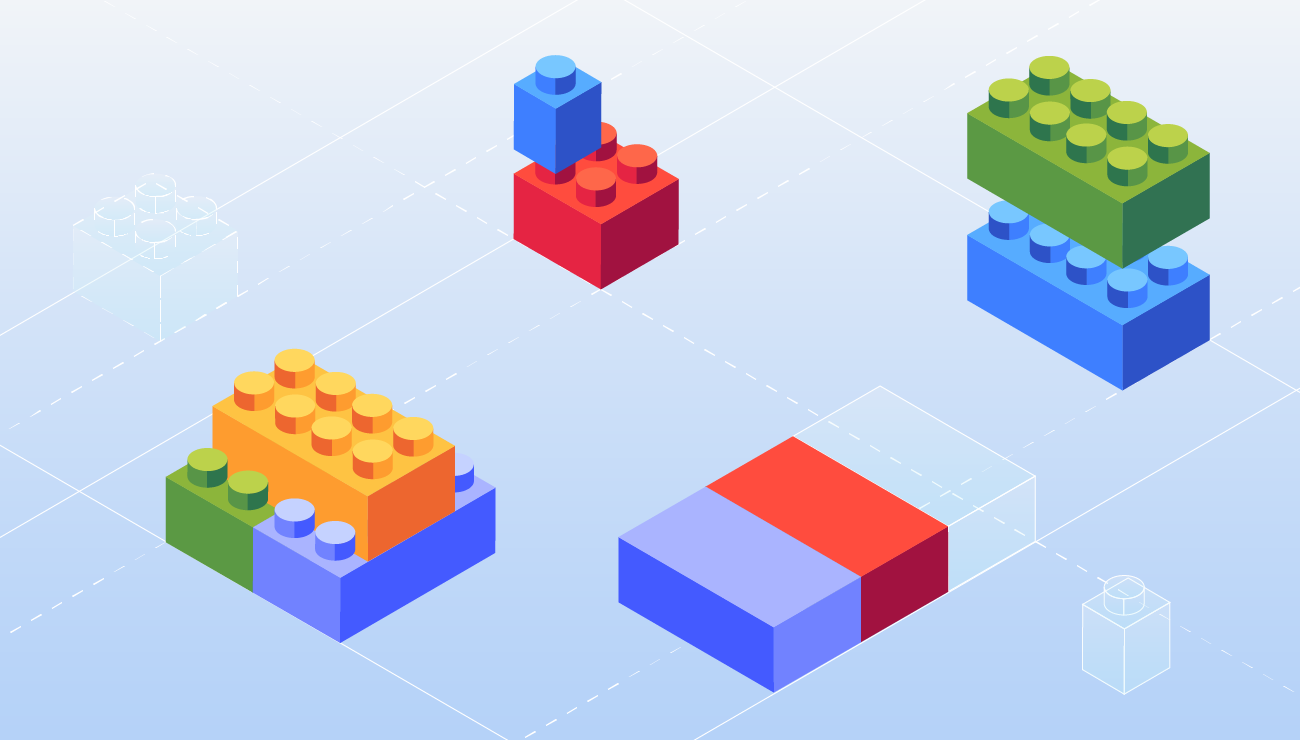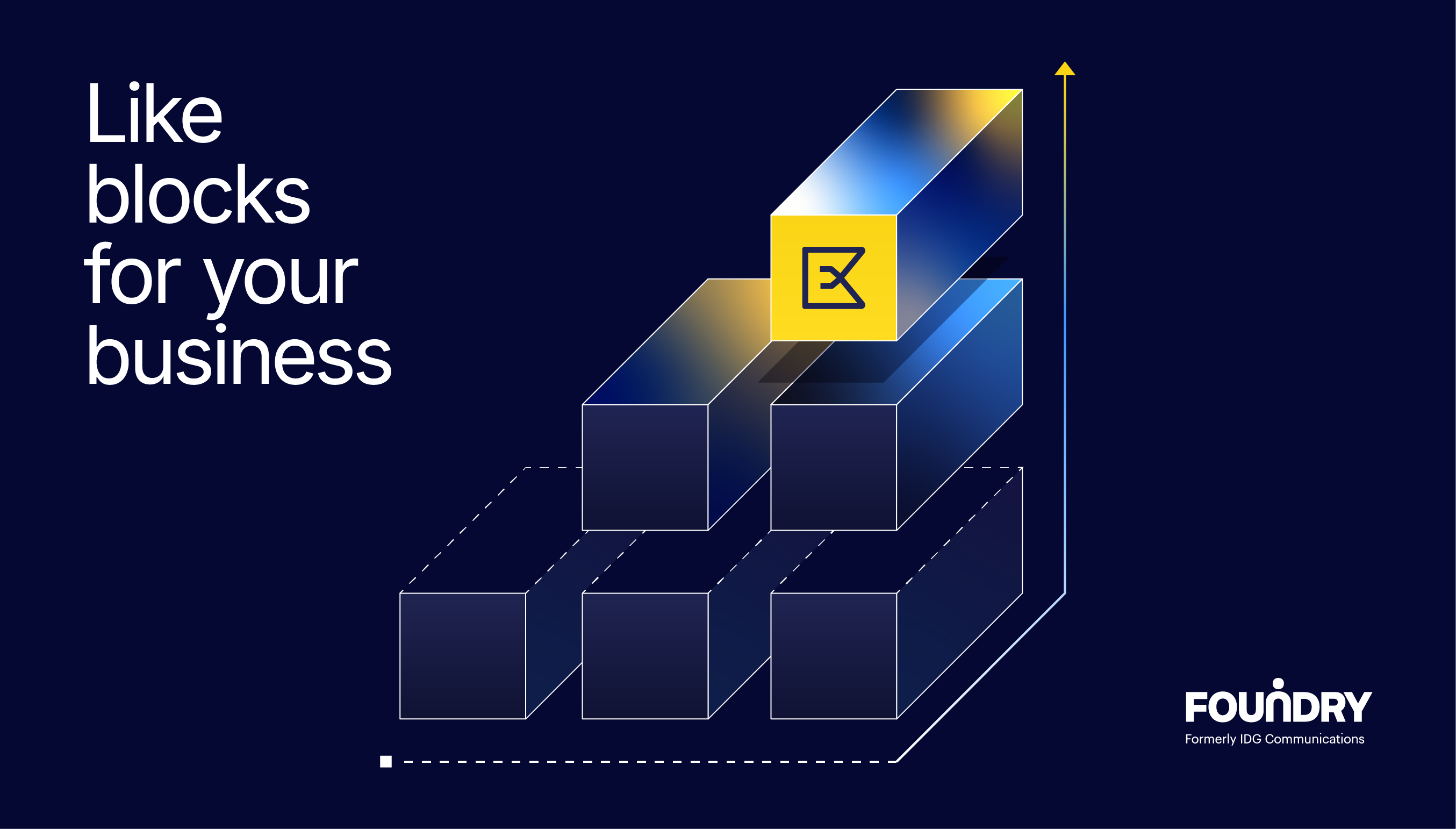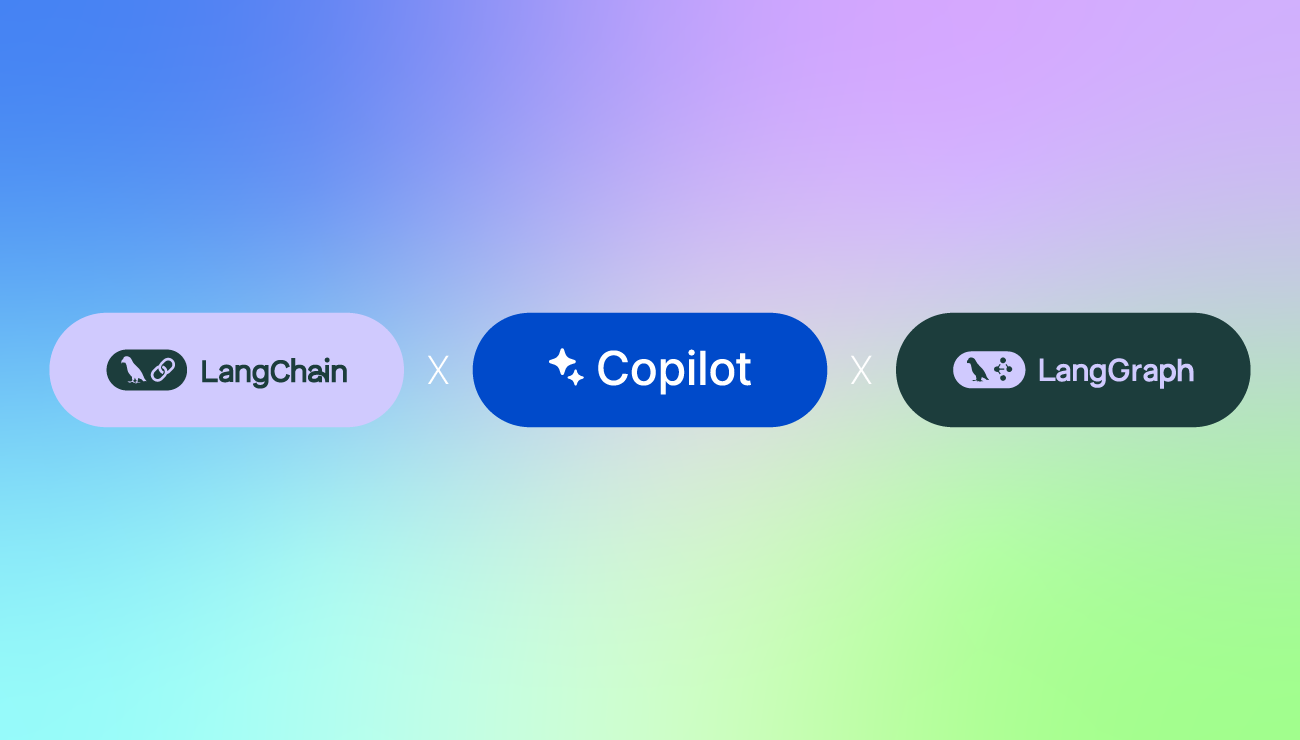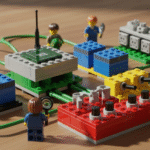
Composable or not? That is the question
Business management has changed dramatically in recent years, driven by the need to adapt quickly to changing markets, new technologies and global crises. In this context, traditional enterprise resource planning (ERP) systems, designed as monolithic structures, are beginning to show their limitations.
The concept of ERP Composable has emerged as a modern solution that allows organizations to remain agile, flexible and prepared for the challenges of the future.
In this note, we will explore in detail what a composable ERP is, its importance and how technologies like Etendo’s are leading the way in this field.
What is Composable ERP?
The concept of ERP composability involves the creation of systems based on modular components that can be flexibly assembled, reconfigured and replaced. This contrasts with the traditional monolithic ERP approach, where all processes and functionalities are deeply interconnected and difficult to modify without affecting other areas of the system.
A composable ERP is essentially an ecosystem of applications and services that allows companies to quickly compose and recompose business capabilities as needs change. This is achieved through independent modules that can be integrated and decoupled as required. ERP becomes an adaptable tool, allowing organizations to innovate and evolve without being tied to rigid infrastructures or a single vendor solution.
According to Gartner, by 2024 60% of organizations will deploy packaged business capabilities (PBCs) to build operational business experiences. These PBCs are components that encapsulate specific functionality, enabling more agile integration and less reliance on proprietary systems.
For example, production planning. A production planning and management-oriented BCP that enables companies to optimize product manufacturing based on demand, resource availability and capacity constraints. This capability can be easily integrated with inventory management and purchasing modules.
Challenges of traditional ERP
Traditional ERP systems, which were the foundation of the enterprise technology infrastructure for the past several decades, are beginning to become obsolete due to their rigidity. Monolithic systems offer a “single source of truth” for organizations, but often come with a number of significant challenges:
- Lack of flexibility: Traditional ERPs are designed as unified systems, which means that any changes, customizations or upgrades often require extensive modifications that can affect multiple areas of the system. This results in long and costly upgrade cycles that can inhibit the company’s ability to adapt quickly to changes in the environment.
- Customization overload: To make traditional ERP fit a company’s specific needs, organizations often resort to heavy customizations, leading to technical debt that is costly to maintain and can hinder future upgrades or integrations.
- Inability to innovate quickly: In a business environment that demands continuous and rapid change, traditional ERPs become a hindrance. The lack of adaptability and the rigidity of monolithic systems prevent companies from innovating with the speed required to stay competitive.
Gartner’s vision: Composable = Strategy
According to Gartner, the future of ERP lies not in traditional monolithic systems, but in a composable architecture that enables rapid adaptation to business needs. Gartner defines a composable ERP as an adaptive technology strategy that facilitates the digital operational and administrative capabilities necessary for companies to keep pace with change.
This modular and flexible approach enables the creation of a core of highly configurable and interoperable applications and platforms as a service (SaaS), capable of integrating with emerging technologies and adapting to future demands.
Benefits of a Composable ERP
- Modularity and interoperability: Companies can choose the modules that best suit their current needs, easily integrating them into their technology environment. This also facilitates interoperability with other external systems, allowing companies to compose customized solutions that address specific challenges without the need to replace entire systems.
- Scalability: The composable architecture allows for efficient scalability, as modules can be added or removed as the company grows or changes its strategic focus. This is especially useful in companies that operate in multiple markets or that need to quickly adjust their operations in response to external factors, such as supply chain disruption or changes in consumer demand.
- Resilience and adaptability: A composable ERP is designed to be agile and adaptable, which means that companies can react quickly to crises or disruptions. Gartner reports that companies adopting this approach will outperform their competitors by 80% in terms of speed of implementation of new functionality by 2024.
- Reduced vendor lock-in: By adopting a composable strategy, companies can avoid dependence on a single ERP vendor. This reduces the risks associated with being “locked in” to a specific technology or platform, and allows companies to select the best components from different vendors according to their needs.
Etendo: ERP Composable
Etendo has fully embraced the composable approach to ERP, understanding that flexibility and adaptability are key to business success in the modern era. At Etendo, we have ensured that our customers can choose from a wide range of modules that address critical areas such as financial management, warehousing, purchasing, sales and production, among others. These modules not only integrate seamlessly with each other, but can also interact with external solutions and evolve according to the needs of each organization.
Etendo’s main capabilities:
- Modular and composable architecture: Etendo’s platform allows companies to compose their own ERP system by selecting only the modules they need, avoiding unnecessary overload of irrelevant functionalities. Each module is easily adapted to the company’s environment, providing a truly tailor-made ERP.
- Advanced integration capabilities: Etendo modules are designed to integrate with other enterprise applications, whether they are in the cloud or on-premises. Interoperability is a key feature of our platform, allowing companies to connect their ERP with other essential business management tools.
- Integrated Artificial Intelligence: At Etendo, we have also built artificial intelligence capabilities into our modules, allowing you to automate complex processes and improve decision making. This is especially useful in areas such as demand planning, inventory management and supply chain optimization.
- Continuous support for innovation: As the market changes, so does our ERP. Etendo continually updates to integrate new technologies and enhance existing capabilities, ensuring that our customers always have access to the most innovative tools for their business.
The future of ERP is here
In an ever-evolving business world, adaptability is key to success. Composable ERP systems represent the future of business management, enabling companies to be more agile, resilient and innovative. At Etendo, we are committed to this approach and continue to innovate to offer flexible and adaptable solutions that enable our customers to overcome any challenge they face.
With composable ERP, organizations can build their own success, piece by piece, ensuring they always have the right tools to face the future.
You May Also Like

What to look for in an ERP?
Full report The promise of an ERP capable of connecting all business processes and acting as a singl
Experience the latest from Etendo and stay informed about all updates
We know that in running your business, testing new platforms or upgrades and new features can be com

Etendo Copilot: Empowering AI with Langchain and Langgraph
Free demo here! In the world of modern ERP, automation and artificial intelligence (AI) have become





